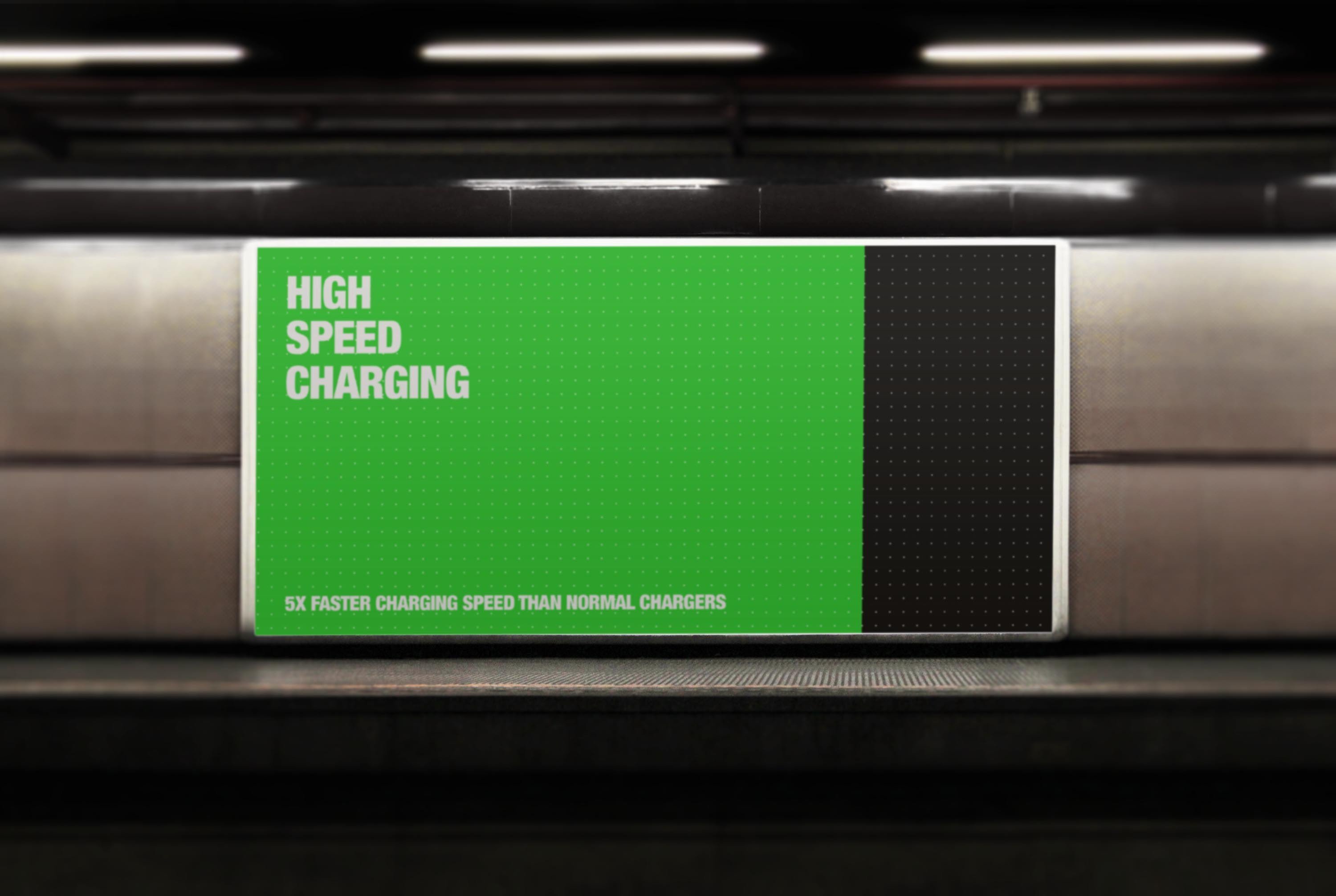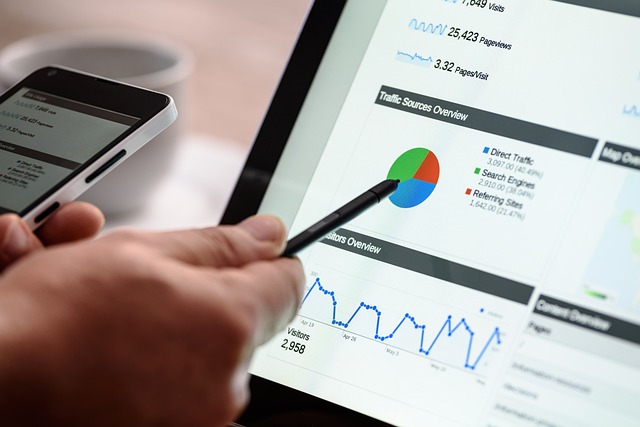
Signage advertising can help you to attract customers or increase brand awareness. Signage advertising is one of the most powerful marketing tools. Unlike other forms of marketing, it's a direct line of communication with your audience.
You can use it to advertise your company's products or services but, more importantly, you can use it to inform your customers. For example, if you're a restaurant, you can use signage to give out menus and directions to your location. It can improve your visitor's experience.
Digital signage is a great way for you to increase sales and engage your customers. Instead of simply showing customer information, digital signage can be used as a way to create an interactive and fun environment. You can also provide information on upcoming events and news items as well as suggested usage.

Signage is an important part of life, even though many people don't know it. It's not just important for your customers; it can also be crucial for hospitals, colleges, or other institutions that wish to provide the best possible experience to their patients.
The digital signage industry has undergone many significant changes in recent years. A lot of questions remain as a result. There's a bit of confusion about what makes up digital signage, and what is the best way to go about it. There are some important points to remember when choosing the right signage for you.
First, decide on the size and shape you want for your signage. You'll also need to consider the visibility and the size of the screen. You should also consider the color scheme and the letters. Signs that are too small or poorly made may be difficult to read. The cost of maintaining the display will also need to be considered.
Lastly, you need to decide whether you're going to go for traditional or digital signage. For branding and interior decoration, traditional signage is excellent. But, when it comes to getting the most out of your investment, it's a better idea to get a little more tech-savvy.

The most effective features of digital signage are one of the best ways to make your signage standout. You can use the technology to show off your newest promotion, or even provide a demonstration. Digital signage can also be used to display safety and health information, and give your customers a better understanding about your products and services.
This type of advertising has the advantage of being able to target your audience based upon their interests and demographics. It's easy to set up your digital signage to automatically adjust its content to reflect what you are trying to communicate. Digital signage has another advantage: you can eliminate printing new messages. This will save you the hassle of having to waste print runs.
FAQ
What is affiliate market?
Affiliate marketing can be described as an online business model. You earn commissions by referring customers who purchase products and/or services on other websites. If someone buys from your product, you get paid by the owner.
Referrals are the foundation of affiliate marketing. You don't have to do anything special for people to buy from you. You just need to refer them to our website.
You can make money without doing any hard selling at all. It's as simple to sell as to buy.
You can even set up an affiliate account in minutes.
Referring more people will result in more commission.
There are 2 types of affiliates.
-
Affiliates who have their own websites
-
Affiliates who work in companies that offer products or services.
How do I choose my target audience?
Start with yourself and those close to you. You might be unsure where to begin. Ask yourself: "Whom am I trying to reach?"
Ask yourself the following questions: Who are my industry's most influential people? What are their daily problems? Which people are the most intelligent in my industry? You can find them online.
Return to the beginning. Why did your start? What problem were you able to solve and how did this happen?
These answers will allow you to determine who your ideal customers are. Learn more about them and why they choose to do business with you.
Look at your competitors' sites and social media pages for clues as to who they cater.
Once you have identified the target customers, it is time to decide what channel(s) you want to use to reach them. If your company offers services to real estate agents you might make a website that targets home buyers.
If you provide software to small businesses, you could develop a blog targeting those companies' owners.
If you sell clothing, you could create a Facebook page for teens. For parents who are looking for child-friendly restaurants, you might set up your own Twitter account.
You have many options to convey your message.
Is there any way to get free traffic?
The traffic that is free comes from organic search results and does not require you to pay for ads. This is also known as organic or natural traffic. You can get traffic free of charge by using article marketing, social media marketing and blogging.
Article Marketing is one way to get free traffic. Paying for ads is often more expensive than CPC. Article marketing is also referred to as content marketing.
Social Media Marketing- You can promote your business using social media sites like Facebook and Twitter. These platforms allow you to share updates, photos, and establish relationships with potential customers. Many businesses pay to advertise on social media sites because they want to reach more people at a cheaper price.
Blogging - Another great way to generate traffic is blogging. High quality content will draw people to your blog. You can sell products and services once you have attracted visitors to your blog.
Email Marketing - Although email marketing has been around since before the advent of the Internet it is still one of the most effective ways to drive traffic and sales to your site. You can grow your list and eventually sell to subscribers by sending them emails frequently.
What is the best way to advertise online?
Internet advertising is an essential part of every business strategy. It allows companies reach potential customers at a very low cost. There are many types of internet advertising. Some are free and some require payment.
You can also advertise online using banner ads, pop up ads, search engine optimization, pay-per-click advertisements (PPC), social media marketing (e-mail marketing), and mobile marketing. Each method has its benefits and drawbacks.
Advertising is what?
Advertising is an artistic art form. It's not just about selling products. It's about creating emotional connections between people and brands.
Advertising is all about telling stories with images and communicating ideas.
You have to make sure you are communicating clearly and persuasively. Your target market should be able to relate to the story you tell.
Advertising is therefore distinct from other forms communication such as writing and public speaking.
You are building a brand identity when you run a successful advertising campaign.
And this is how you become memorable. You will be remembered by others.
What are the basics of radio advertising?
You should understand how the different types of media affect each other. Remember that all media types are complementary, not competing.
Radio is best used to complement television advertising. Radio can complement TV advertising by reinforcing key messages, and providing additional information.
Radio listeners are often not able to handle long TV commercials. Radio ads tend to be shorter and more affordable.
What do you need to know about print advertising?
Print advertising is a good medium to communicate effectively with consumers. Print advertising is used extensively by companies to promote their products or services. Its main purpose is to grab the attention of consumers.
Print ads are usually one page in length and can include text, images and logos. They can also include sound and animation as well video and hyperlinks.
These are the main types of print ads:
1. Brochures are large-format printed materials that are designed to draw people into shops. They often have colorful pictures and eye-catching designs.
2. Catalogues - These are smaller versions of brochures. These are often sent to customers who have asked for information on particular items.
3. Flyers - These small pieces of paper are distributed at events like fairs and concerts. Flyers can be handed out at retail outlets for a small fee, but are generally free.
4. Posters - These are larger versions of flyers. These flyers can be displayed on buildings, fences and walls. These are often created with computer software programs to grab the attention of passersby.
5. Direct mail – These are direct mail letters and postcards sent to potential customers. These are sent periodically by companies to remind current customers about their business.
6. Newspaper ads - These ads are published in magazines and newspapers. They can be quite lengthy and often include text as well as images.
Statistics
- Nonetheless, advertising spending as a share of GDP was slightly lower – about 2.4 percent. (en.wikipedia.org)
- Worldwide spending on advertising in 2015 amounted to an estimated US$529.43 billion. (en.wikipedia.org)
- Advertising's projected distribution for 2017 was 40.4% on TV, 33.3% on digital, 9% on newspapers, 6.9% on magazines, 5.8% outdoor, and 4.3% on radio. (en.wikipedia.org)
- In 1919 it was 2.5 percent of gross domestic product (GDP) in the US, and it averaged 2.2 percent of GDP between then and at least 2007, though it may have declined dramatically since the Great Recession. (en.wikipedia.org)
External Links
How To
How to create sponsored ads on Facebook
Facebook has become one of the most popular social networking platforms. It has been estimated that there are 1.79 billion active monthly users worldwide. This number continues to grow every day.
Facebook is free, but you have to pay if you want to reach your audience directly. You can also opt for paid advertising options such banners or promoted posts.
If you already have an application registered, log into your existing app. Otherwise, click "Create New App." Then, follow these steps.
-
Click "Add Platform", under the Apps section.
-
Click Continue, then select "Advertising".
-
Fill out the form and submit it.
-
After approval, you will get a Client ID and Secret key. Copy them down.
-
Then, copy the keys into the appropriate areas.
-
Enter the campaign name, then choose the currency.
-
Click "Start Campaign".
-
Follow the steps until the banner appears. Copy the URL and return to your Facebook page.
-
Paste the code into the box provided by Facebook.
-
Click "Save Changes".
-
Your ad is now live!
-
Repeat steps 10-12 to create each additional banner.
-
Once the task is complete, click "Continue".
-
Finish the last step to create your ad-group.
-
Once complete, click "View All Ads" to see all of your campaigns.
-
To delete any ads click on the "Remove Ads” button next to each individual ad.
-
If you are not seeing results after running your campaign check that you have followed the directions.
-
Check the date range of your campaign.
-
Make sure you set your budget appropriately.
-
Keep your changes safe.
-
Before you click "Submit", make sure to review the settings.
-
Allow your ads to appear on the timeline.
-
Bravo for a job well done!
-
Let's now take a look at some tips that can help you improve your results.